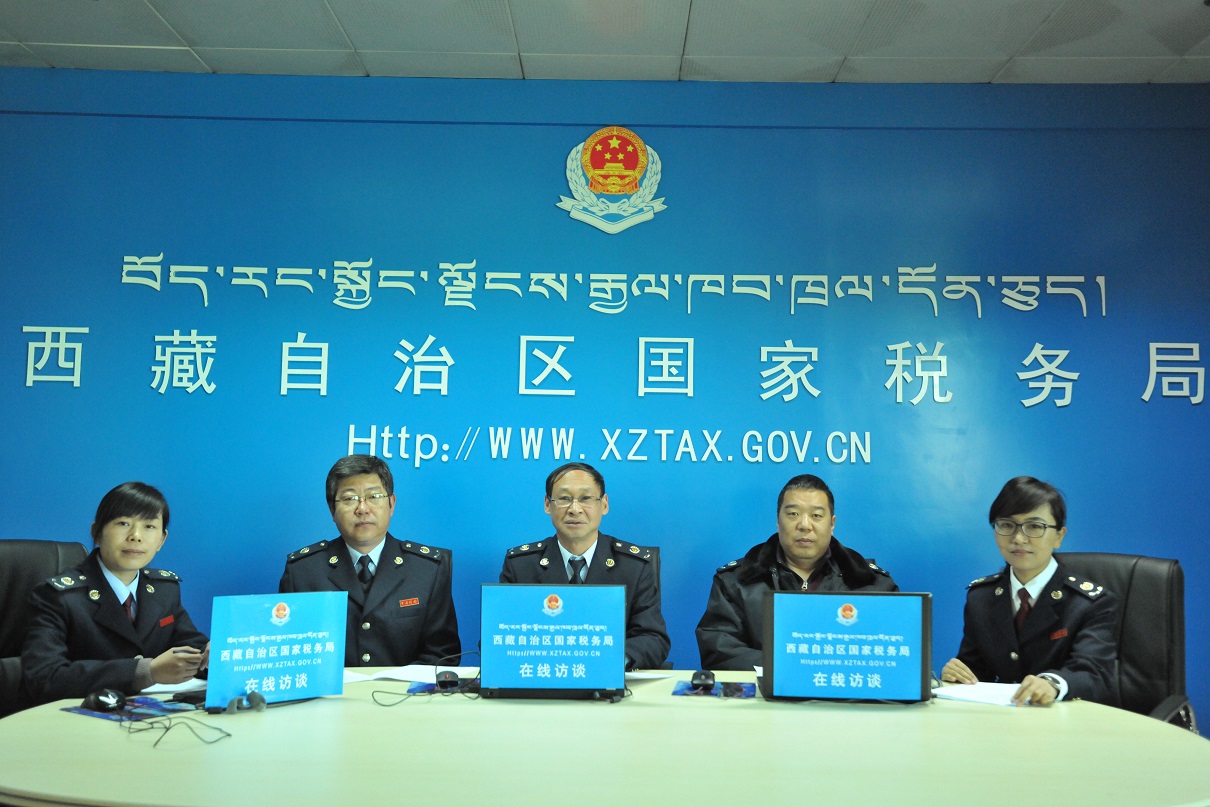Tax revenue in Tibet exceeds 20 bln yuan

Up to October 19th, the tax revenue of Tibet has exceeded 20 billion yuan for the first time, surpassing the total amount of 2015, according to the latest data from the State Administration of Taxation of Tibet Autonomous Region.
The tax revenue of Tibet’s tertiary industry increased by 31 percent and accounted for 79.8 percent of the total. Sixty-percent of the tax increase was due to commercial services and businesses, adding 2.58 billion yuan in total.
"The economy of Tibet has maintained a rapid 'two-digit' growth in the last few years, providing a foundation for the rapid increase in tax revenue. The structure of tax revenue is optimizing," said Hu Suhua, head of the State Administration of Taxation of Tibet Autonomous Region.
"The structural optimization of tax revenue reflected the positive changes in Tibet’s economic structure," Hu explained.
"In the past five years, while the basic features of investment driven economic development have not changed, the overall trend change with the rising and dropping of tertiary industry and investment's weight, have shown the continuous growth of Tibet’s internal power for economic development," he said.
"The tertiary industries’ contribution to the total output value has increased to 54 percent in 2015, while investment in fixed assets has narrowed from 29.4 percent in 2013 to 15.7 percent in 2015; and the changes in 2016 have continued the positive trend," he continued.
"While the economy of Tibet is investment-driven, the government has learned to develop the economy by new ways in the last five years,” Hu said.
On one hand, Tibet is greatly improving its transportation, power, energy, and other infrastructure, by the support from the central government and the other provinces of China.
On the other hand, Tibet continues to reform and change the development model, gradually strengthens the self-development ability, reversing its “dependent economy” model and quickly achieves the transition from extensive to intensive growth model in economic development.
Your Comment
Name E-mailRelated News
-
;
-
-

-
Tax revenue of Tibet’s tertiary industry continues to rise
Tax revenue of Tibet’s tertiary industry reaches 12.71 billion yuan during January – July of 2016.
-
-
-
Lhasa's tax revenue in Q1 up 12.5 percent YoY
Tibet's tax revenue reached 937 million yuan in the first quarter of 2014, up 30.96 % YoY with an increase of 221 million yuan, according to chinatibetnews.com.
-
-
-
Tibet's annual tax revenue volume hits 10 mln yuan in cultural industry
So far, the cultural industry has achieved an annual tax revenue volume of over 10 million yuan in southwest China's Tibet Autonomous Region.
-
Based in Lhasa, Tibet Vista is a Tibet travel agency that specialized in Tibet permit, and Tibet tours for both private and group travelers at a local price!
•4 Days Lhasa City Group Tour from USD 460 •8 Days Everest Base Camp Group Tour from USD 850 •15 Days Mt.Kailash Group Tour from USD 1780 •2016 Tibet Train Tours from Beijing, Shanghai, Chengdu, Xining,etc










